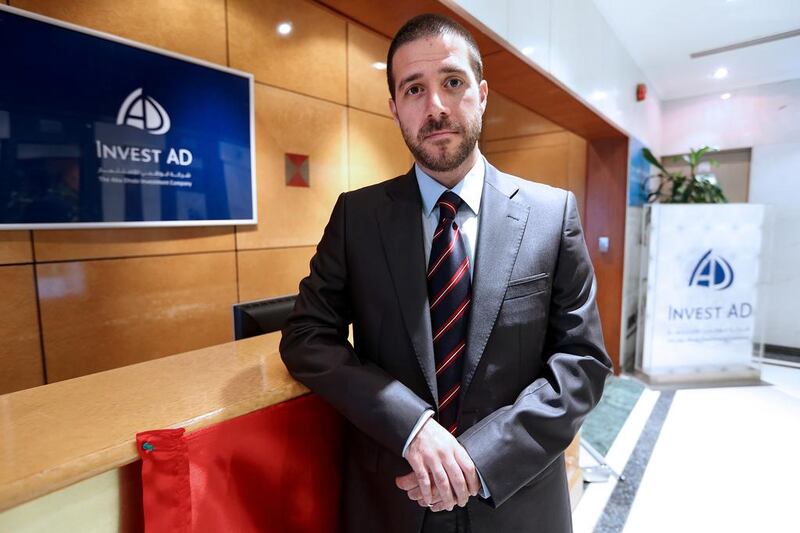What is the asset class and geography you are focused on?
I analyse Middle East and Africa equities and currencies from a technical perspective. I also look at commodities that have significant importance for the regional economies. My notes are distributed in the financial community, and I also work closely with the portfolio managers at Invest AD, who manage equities funds investing in the Middle East and Africa. The investment processes for the funds are based on an assessment of macroeconomic and stock-specific fundamentals, but I can often give a useful view that will supplement their thinking.
Which GCC markets are looking healthiest from a technical perspective?
UAE equities have had a good run in 2013, with Dubai surging over 80 per cent and Abu Dhabi up around 50 per cent. However, the main Abu Dhabi and Dubai indexes are still around 50 per cent below their 2008 peak levels, and still lag the rebound in global markets, which have mostly either exceeded or are testing their 2008 highs. UAE indexes are challenging their eight-year-long resistance. In the event of a breakout above the 2,900 level for the Dubai Financial Market General Index, with high volumes, I would expect much higher levels in 2014. Failure to breach the 2,900 level in the coming weeks could result in a pullback towards the 2,400 level, but should not change the long-term bullish view for UAE equities.
What are the main risks, either upside or downside, to the outlook?
The main risks are likely to be in the short term. Markets are overextended and trading well above the year-long average. As a result, the Dubai Financial Market Index could see a short-term pullback towards 2,400 levels – though this should not affect the long-term positive outlook. During strong up trends, prices revert back to the mean. On the upside, there is still the possibility of catching up with the global equity markets and reaching 2008-high levels. This, of course, in my opinion has nothing to do with positive news flow. It is more related to global liquidity and emerging and frontier markets’ growth prospects.
What is your view on oil at the moment?
Oil is currently rangebound between US$85 and $115 levels. Since the beginning of 2011, sideways consolidation has been taking place. Until we see a breach of either levels, I expect further sideways trading between these levels. Only after a breakout above 115 or breakdown below 85 will a new directional move start.
What was the best call you ever made?
Calling the strength in UAE equities in the beginning of 2013 was very timely. Both Qatar and UAE were preparing for strong breakouts and I drew attention to these in a timely manner, and the market performance since has vindicated the call.
What was the worst?
In the 2009 to 2011 period, it was very difficult to see patterns emerging, with the markets extremely volatile. I made a couple of breakout calls for the Saudi Arabia market, which proved to be premature. That market stayed choppy during that time.
mkassem@thenational.ae





